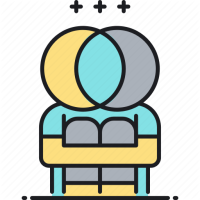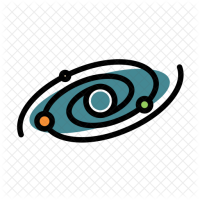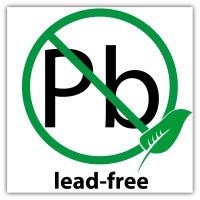Project: analyze behavior of Siamese fighting fish (Betta splendens) as part of a collaboration between the Bendesky and Cunningham labs of the Zuckerman Institute (NeuroTheory Center)

Project: analyze behavior of Siamese fighting fish (Betta splendens) as part of a collaboration between the Bendesky and Cunningham labs of the Zuckerman Institute (NeuroTheory Center)

Individuals with schizophrenia shows a wide range of cognitive deficits, and lack in the ability to control the variety of inputs (whether internal or external) to create a unitary “self”. This problem has been often associated with a supramodal attentional deficit, but its causes are yet unknown. In the past twenty years, the quest to identify brain regions or networks showing abnormal functioning in schizophrenia has been unproductive; but one question is left unanswered: is it possible that it is the white matter tracts supporting attention (i.e., the superior longitudinal fasciculi I, II, and III) to be compromised in this psychiatric disorder? The present project will attempt to dissect the fronto-parietal branches with DTI by analyzing over 400 images from the Open Access SchizConnect.Org repository (data already available to the PI). Funds will be used to support the work of a junior or senior-year undergraduate student (possibly from URMs) to conduct the data analysis during the summer of AY2020. Results will be made available with the scientific community and published in open access peer-review journals (e.g., Schizophrenia Research). Co-mentoring of the undergraduate student will be done by Dr. Henrietta Howells (https://scholar.google.it/citations?user=nudmODkAAAAJ&hl=en&oi=ao), opening the student to an international collaboration.

The Milky Way swarms with orbiting satellite dwarf galaxies of astounding diversity. Some galaxies continue to form stars while others stop and dim in brightness. In computer simulations, the evolutionary history of each dwarf galaxy that leads to these differences is known. Galaxies can lose gas and stop forming stars due to early exposure to stellar radiation (reionization), interaction with the hot gas of the host (ram-pressure stripping), or gravitational interactions with the host/dwarf galaxies (tidal effects).

The Urban Lead Atlas is a collaborative community-based research initiative to create the nations’ first crowd-sourced open online map identifying toxic lead hazards located within the homes, schools, landscape, and lead service lines for water in American cities. The project will begin by integrating data from a small set of cities – New York, Philadelphia, Washington D.C. and Newark - including housing enforcement and lead service line datasets, data on lead dust in schools, and the results of soil lead tests in parks and backyards, on the websites of Columbia University’s Center for Sustainable Urban Development. Ultimately, the goal of the Urban Lead Atlas is to create and populate a fully open online platform that is capable of integrating data from “citizen scientists” and residents regarding the sites of lead hazards in their city’s environment and buildings. This research is important, as experts estimate that over nine million US children have lead blood levels which may cause sub-clinical effects and permanent adverse health, cognitive, and behavior outcomes. The Lead Atlas is intended as the first model for a national effort, the American Lead Atlas project, which seeks to create a national online collaborative map of lead hazards within American cities.

A central issue facing systems neuroscience is defining the rich naturalistic behavioral repertoire that mice engage in under psychiatrically relevant situations. Recent advances in deep learning (e.g., DeepLabCut) have made frame by frame detailed pose estimation possible. However, this dense behavioral data requires new techniques for defining the ethogram (full description of behavior). To date, researchers have used frequency based time series approaches to tackle this problem, with significant limitations. An alternative approach would be to take advantage of new topology methods (persistent homology and directed algebraic topology) to characterize the shapes formed by mouse limb trajectories. Such an approach would have broad application in systems neuroscience. For this project, the student will use machine learning to label animal body parts, then topology to characterize the ethogram and compare the results to existing approaches.


The Data Science Institute is pleased to call for Faculty Participation in the Spring and/or Summer 2020 sessions of the 3rd cohort of Data Science Institute (DSI) Scholars Program. The goal of the DSI Scholars Program is to engage undergraduate and master students to work with Columbia faculty, through a data science research internship. Last year, we worked with 47 projects and received more than 400 unique applications from Columbia Students. The program’s unique enrichment activities will foster a learning and collaborative community in data science at Columbia.